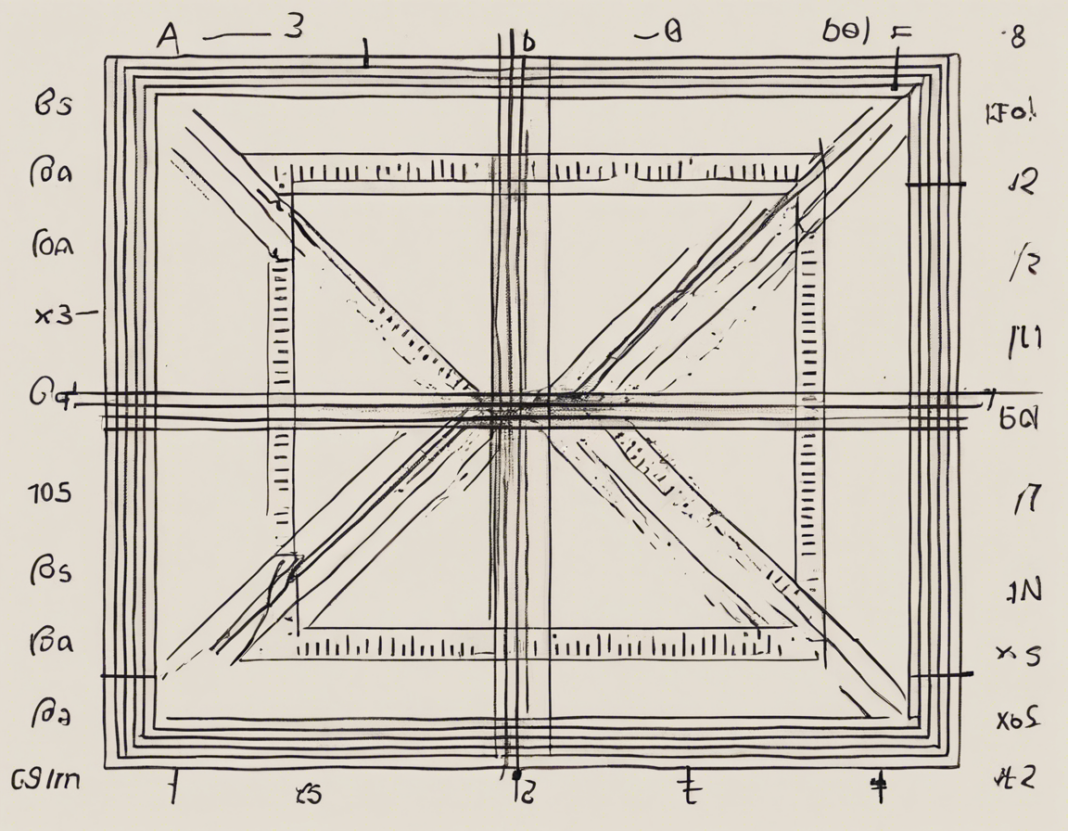The difference of squares formula is a fundamental algebraic concept that arises when factoring polynomial expressions. It is especially useful for simplifying and solving equations involving quadratic expressions. In this article, we will delve into the difference of squares formula, explore its applications, and provide examples to enhance clarity and understanding.
Introduction to the Difference of Squares Formula
In algebra, a perfect square is a number that can be expressed as the square of an integer. For example, 9 is a perfect square because it equals (3 \times 3 = 3^2). Similarly, 25 is a perfect square because it equals (5 \times 5 = 5^2). The difference of squares formula comes into play when we have the difference of two perfect square terms.
The Difference of Squares Formula
The difference of squares formula states that for any two perfect square terms, the product can be factored into the multiplication of the sum and the difference of the square roots of the terms. Mathematically, if we have two perfect squares, (a^2) and (b^2), the formula can be represented as:
[a^2 – b^2 = (a + b)(a – b)]
Here, (a) and (b) can be any real numbers or algebraic expressions. The key idea is that the difference of squares can be factored into a product of two binomials – one binomial being the sum of the two terms and the other being the difference of the two terms.
Applying the Difference of Squares Formula
The difference of squares formula is a powerful tool in algebra that can help simplify expressions and equations. Let’s look at a few examples to see how this formula is applied in practice:
Example 1: Factoring a Simple Difference of Squares
Consider the expression (16x^2 – 25). To factor this using the difference of squares formula, we identify the perfect square terms as (4x^2) and (5^2):
[16x^2 – 25 = (4x + 5)(4x – 5)]
By applying the formula, we have successfully factored the expression into two binomial terms.
Example 2: Solving Equations using the Difference of Squares
Let’s say we have the equation (x^2 – 9 = 0). We can use the difference of squares formula to factor this and solve for (x):
[x^2 – 9 = (x + 3)(x – 3) = 0]
This implies that either (x + 3 = 0) or (x – 3 = 0), leading to the solutions (x = -3) or (x = 3).
Applications of the Difference of Squares Formula
The difference of squares formula is not only limited to basic algebraic examples but also finds applications in various mathematical and real-world situations:
- Quadratic Equations: When dealing with quadratic equations, recognizing the difference of squares can simplify factoring and solving processes.
- Geometry: In geometry, the formula can be used to express differences in the areas of squares or rectangles.
- Trigonometry: The formula also appears in trigonometric identities and expressions involving squares of trigonometric functions.
Common Mistakes to Avoid
While the difference of squares formula is a straightforward concept, there are common mistakes that students may make when applying it:
- Incorrect Identification: It is essential to recognize perfect square terms accurately before applying the formula.
- Order of Factors: The order of factors in the factored form is crucial. Switching the terms in the factors can lead to incorrect results.
- Missing Solutions: When solving equations, remember to consider all possible solutions that arise from the factored form.
Summary
The difference of squares formula is a valuable tool in algebra for factoring and simplifying expressions involving perfect square terms. By understanding this formula and its applications, students can enhance their problem-solving skills and mathematical proficiency.
Frequently Asked Questions (FAQs)
Q1. What are perfect squares?
A perfect square is a number that can be expressed as the square of an integer. For example, 9, 16, and 25 are perfect squares.
Q2. How do you identify a difference of squares?
A difference of squares expression is characterized by the subtraction of two perfect square terms, such as (a^2 – b^2).
Q3. Can the sum of squares be factored using the same formula?
No, the sum of squares cannot be factored using the difference of squares formula. The formula specifically applies to expressions with a subtraction operation.
Q4. In what other areas of mathematics is the difference of squares formula applicable?
Apart from algebra, the difference of squares formula is used in geometry, trigonometry, and even in certain physics and engineering problems.
Q5. How can I practice more problems involving the difference of squares formula?
To enhance your understanding and proficiency, you can solve algebraic problems, work on exercises from textbooks, or use online resources that provide practice questions specifically related to the difference of squares.












